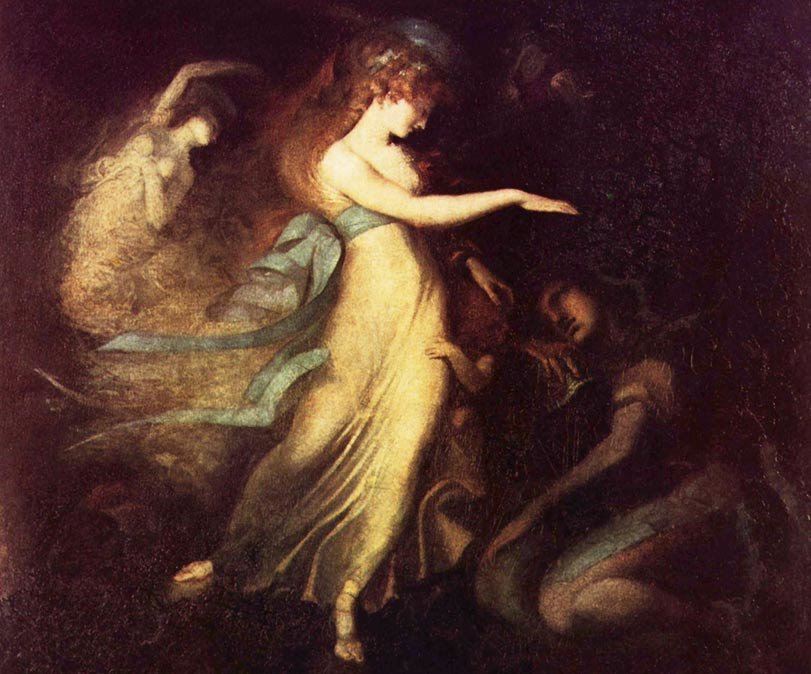OF THE
TIMES
A small body of determined spirits fired by an unquenchable faith in their mission can alter the course of history.
Did that include being chief fluffer for Big Mike :O The defendant held multiple roles in the Obama administration Fluffer (Wiki explanation) -...
Comment: One would be naive to think that those sex crimes against children only started once he left the White House. His sexual depravities were...
I see that they practice without the FAB 500 glide bombs being dropped on them :O "Everyone has a plan until they get punched in the mouth" - Mike...
“…Fears and deep-seated anxieties” are what create the need for power – and wars. But power is an illusion, no one can hold it forever. History...
Do they cover their faces so nobody notices that they aren't really Germans?
To submit an article for publication, see our Submission Guidelines
Reader comments do not necessarily reflect the views of the volunteers, editors, and directors of SOTT.net or the Quantum Future Group.
Some icons on this site were created by: Afterglow, Aha-Soft, AntialiasFactory, artdesigner.lv, Artura, DailyOverview, Everaldo, GraphicsFuel, IconFactory, Iconka, IconShock, Icons-Land, i-love-icons, KDE-look.org, Klukeart, mugenb16, Map Icons Collection, PetshopBoxStudio, VisualPharm, wbeiruti, WebIconset
Powered by PikaJS 🐁 and In·Site
Original content © 2002-2024 by Sott.net/Signs of the Times. See: FAIR USE NOTICE

Reader Comments
"Another can of worms that is sorely in need of unraveling."?
Seems to me a can opener would do the job better..
;-)
R.C.